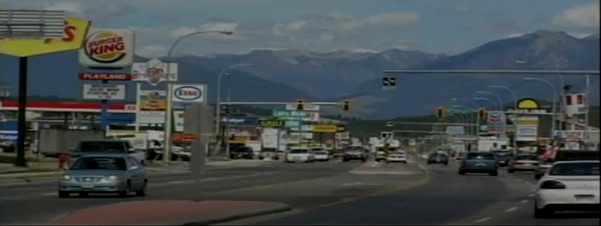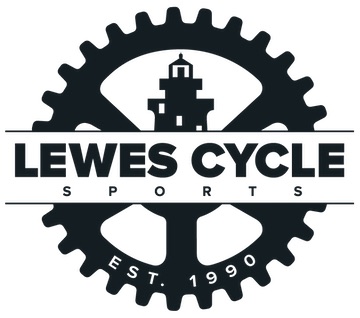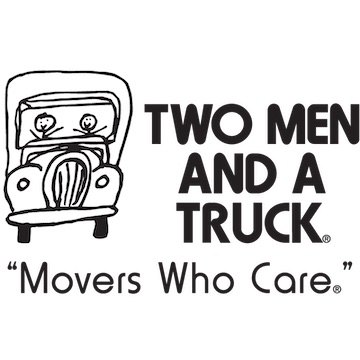If the only tool we have is a hammer, we’ll tend to see every problem as a nail


If the only tool we have for solving transportation problems is “levels of service” (LOS), then we will tend to see every problem in terms of congestion. As Gary Toth from the Project for Public Spaces notes in a recent article, however, you can “solve” congestion problems by focusing exclusively on levels of service but you create tremendous collateral damage in the process:
“When we try to eliminate congestion from our urban areas by using decades-old traffic engineering measures and models, we are essentially using a rototiller in a flowerbed…”
“I’m not going to look back and quibble with the general philosophy of how the interstates and the associated high-speed freeways were planned and designed. On many levels, the approach made sense.
“But it became increasingly less persuasive when applied to the rest of our road network. Unlike interstates and freeways, most roads exist not just to move traffic through the area, but also to serve the homes, businesses, and people along them. Yet in search of high LOS rankings, transportation professionals have widened streets, added lanes, removed on-street parking, limited crosswalks, and deployed other inappropriate strategies. In ridding our communities of the weeds of congestion, we have also pulled out the very plants that made our “gardens” worthwhile in the first place….”
“[M]any designers size a road or intersection to be free-flowing for the worst hour of the day. Sized to accommodate cars during the highest peak hour, such streets will be “overdesigned” for the other 23 hours of the day and will always function poorly for the surrounding community.
“If that isn’t troubling enough, LOS is often calculated using traffic predicted 20 years into the future, even in urban settings. Until the forecasted growth materializes, the roadway will be overdesigned, even during the peak hour. Overdesigned roadways encourage motorists to drive at higher speeds, making them difficult to cross and unpleasant to walk along. This degrades public spaces between the edges of the road and the adjacent buildings, encourages people to drive short distances, and generally unravels a community’s social fabric…”
Read the entire article from the Project for Public Spaces HERE.
RELATED:
• Wider. Straighter. Smoother. Faster.
• Can a Stroad Ever Be a “Complete Street”?
• The Important Difference Between a Road and A Street
• Do Conversations Like This Still Happen in 2011?
• First, Do No Harm to Pedestrians and Bicyclists
• “Complete Streets” = Routine Accommodation
• Senator Peterson Praises DelDOT for Improving Pedestrian Safety
• Improving Safety at Arterial Road Intersections





2 Responses
“you can “solve” congestion problems by focusing exclusively on levels of service”
This is generally not the case, when considering induced demand. A stuffy nose doesn’t go away by widening one’s nostrils, for that matter.
And loosening your belt is not the best solution to being fat.